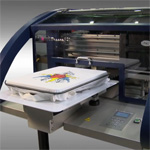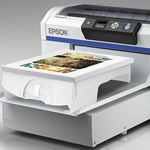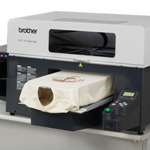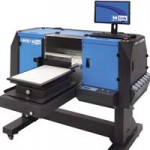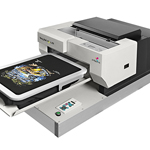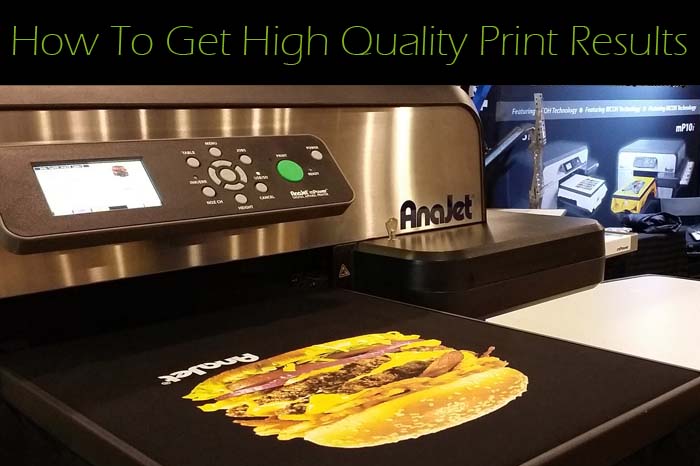
Getting a good print result is not a matter of simply turning on the printer and pressing the print button. There is a lot more to getting High Quality Printing results, as you will soon learn.
This article will give you a good idea of the 5 steps to take to get the best result, regardless of the equipment you use.
1. Have clear goals and expectations
Understand what you want to achieve from the project in question, and begin planning with these expectations in mind.
All printing projects of aspirations of greatness, but many miss the mark – The difference between the 2 scenarios can often lay in the planning stages before the first draft of Artwork has even been created.
For example: If you are a clothing brand creating a new t-shirt which you hope your target market will wear and popularise your brand.
You may require your logo and branding to be prominently placed to boost brand recognition and popularity.
However, depending on your demographic, your target market may prefer brands with minimal logos etc.
If you create a t-shirt with a giant logo on the back, ignoring the preference of your audience in favour of your desire to make your logo as prominent as possible, you may be ‘chopping off your nose to spite your face’. Remember the end goal!
2. Artwork
No matter what product you are printing (whether its business cards on an offset press, or T-shirts on a T-shirt printing machine) the final product can only be as good as the artwork file that preceded it.
There is literally no adjustments we can make on the printing machinery that will make ‘bad’ artwork print well.
Most printers and printing process require that your artwork be made ‘print –ready’ to ensure that the file prints correctly and matches the artwork perfectly.
This is where many projects go wrong, often because an unqualified designer has created the file incorrectly. eg for full colour printing the colour values must be CMYK, not RGB.
When printing business stationary & marketing material on an offset or digital press files must have fonts converted to curves or outlines to ensure the font doesn’t change or ‘drop out’ when the file transferred from one computer to another.
Like What You're Reading?
I would recommend working with a designer from the outset to create your design and make your files print ready before submitting your artwork file and order.
3. Equipment
There is a vast range of printing equipment and technology available to the market today.
The wide format printing industry now have Flat bed printers that can print onto nearly any flat surface including glass, doors, table tops, checker plate, foam pvc panels, corflute, dibond.
This has applications is signage and point of sale, but certainly cannot be used to print brochures.
General printers utilise both offset and digital printing technology for a myriad of different products such as business cards, flyers, duplicate invoice books, magnets etc, but cannot use this machinery to print T-shirts.
T-shirt printers have access to screen-printing machines and ‘direct to garment’ Tee printers, which both have different capabilities and limitations, but cannot be used to print stickers, labels, calendars etc
The DTG Tee Printers offer unlimited colours and hues, which sometimes cannot be achieved with screen printing technology.
Screen printing on the other hand offers a very fast production rate and an extremely hard waring finished product, but comes with its own limitations and advantages such as higher set up costs but lower ‘run on’ costs.
My point here is that most printing machinery have very specific capabilities and limitations so you need to chose carefully, with a clear plan in mind.
4. Printer
Choosing a printer who you like and trust is also very important. Building a long-term relationship with your printer of choice will yield you better pricing and service as the business relationship develops and both sides of the transaction demonstrate loyalty and ‘ease to do business with’.
5. Time frame
One of the easiest ways to increase your chances of a hassle free print experience is to leave plenty of time for production. If the artwork & production process have been rushed, you will have a much higher chance of human error, operator error etc.
T-Shirt Business: Top business marketing strategy’s
In Conclusion
So just re-cap what we have learned and to re-visit our five points.
- Be clear on the outcome
- Always start with good Artwork
- Choose the right equipment for the Job
- Know and trust your printer
- Leave plenty of time to complete the job
I hope these simple tips can help you in your next printing project, whichever product it may be.

